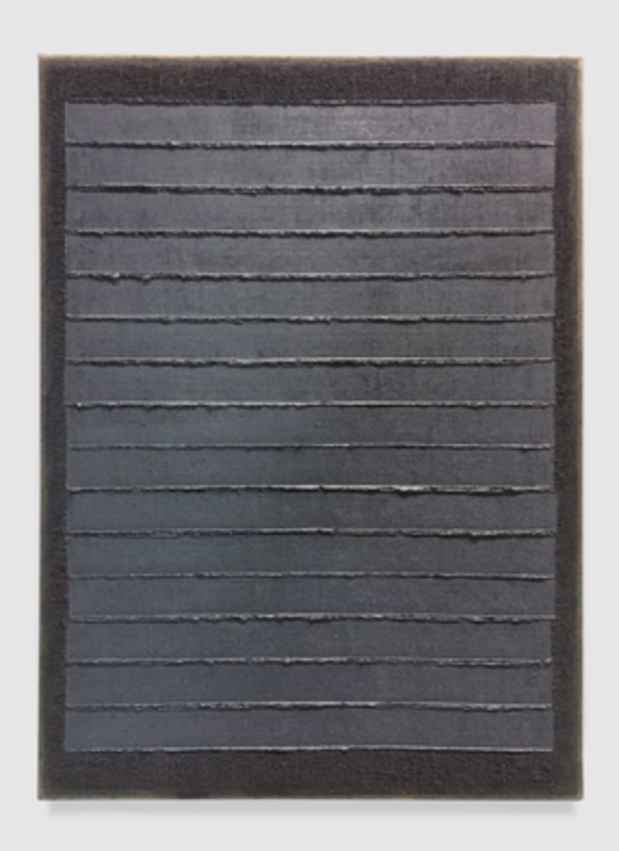“Dansaekhwa and Minimalism” Exhibition
Blum & Poe

This event has ended.
Blum & Poe is pleased to present the second installment of the traveling exhibition Dansaekhwa and Minimalism, the first survey of Korean monochromatic painting with American Minimalism.
Consisting of more than twenty paintings and sculptures dating from the 1960s to the present, Dansaekhwa and Minimalism focuses on the most representative artists of each movement: Carl Andre, Chung Sang-hwa, Ha Chonghyun, Donald Judd, Kwon Young-woo, Lee Ufan, Sol LeWitt, Robert Mangold, Agnes Martin, Park Seobo, Robert Ryman, Richard Serra, and Yun Hyong-keun. Following the initial large-scale presentation in Los Angeles, this second iteration in New York presents a more intimate focus on smaller-scale works.
Emerging in the 1960s and transforming Korean art through the 1980s, Dansaekhwa literally means “monochrome painting,” but it is defined by the diverse array of methods employed as much as its minimal aesthetics. While Chung Sang-hwa created layered grids of cracked and chipped paint, Ha Chonghyun pushed viscous paint through the back of hemp, smearing and scraping the residue across the surface. Kwon Young-woo scratched, tore, punctured and sliced hanji paper, whereas Lee Ufan steadily and repeatedly pulled his brush down the canvas until the paint faded to nothing. Park Seobo dragged pencils through wet oil paint in rhythmic waves, while Yun Hyong-keun diluted paint with turpentine, allowing it to wash over and bleed into the canvas.
Like the Minimalists, the Dansaekhwa artists shared a desire to explore the object through its most basic material properties. However, they made their work amid starkly different conditions—enduring the material deprivations experienced in the decades after the Korean War and an oppressive political climate in which civil liberties were suspended in the name of national security. Nonetheless, they succeeded in overcoming these difficulties and by the early 1980s Dansaekhwa had become the first Korean artistic movement to be recognized internationally. Still, although the artists achieved renown in Seoul, Tokyo, and Paris, it was not until recently that they gained exposure in the United States, and thus the aesthetic and contextual similarities and differences with American Minimalism have yet to be examined.
This exhibition aims to highlight the subtle diversity of aesthetics and ideas explored in these two movements. Neither Dansaekhwa nor Minimalism was defined by a manifesto or a unified conceptual approach. Artists from both movements have expressed differing perspectives on the links between their practices and those of their immediate peers. In turn, the Korean artists variously acknowledge or disavow a relationship between Dansaekhwa and Minimalism. As the first major exhibition to bring these works together, this survey is intended as a non-didactic starting point for broader critical discussion.
Media
Schedule
from April 14, 2016 to May 21, 2016
Opening Reception on 2016-04-14 from 18:00 to 20:00